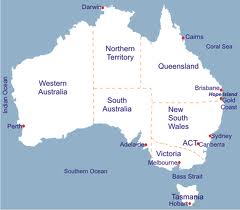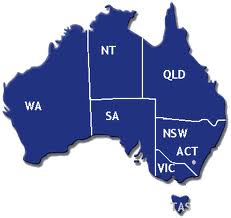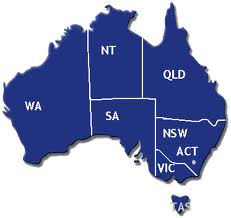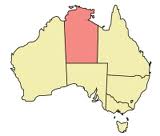
From changing an office’s layout according to cutting edge architectural principles to ensuring that all staff members get to know each other in team-building sessions, modern companies have shown a willingness to explore the many ways in which company culture can be improved.
It has been proven time and time again that a higher level of employee satisfaction leads to an increase in productivity, not to mention a more pleasant atmosphere in the workplace as well.
In order to achieve these higher levels of productivity however, a company has to put a significant effort into building a corporate culture that supports employees and their talents.
Companies can use different methods to motivate individuals and encourage them to reach their potential. Here are some alternative methods being used in modern workplaces.
Look after their physical and mental well-being
By and large, the contemporary work setting is defined by its lack of dynamism. Most people today sit and work on their computers for hours on end, progressively atrophying their bodies over time. Studies have shown, however, that even light exercise is instrumental for fostering engagement and creativity, which is why companies stand to gain a lot from installing the likes of standing desks and workout rooms. In addition, the mental part of the well-being equation can be addressed by introducing various games in the workplace that encourage creativity and problem-solving.
Consider providing quality meals
You are what you eat. The importance of a healthy diet is undeniable, which explains why so many people seek to improve their eating habits. In the workplace, smart companies have already taken to providing their employees with quality meals, either free or at a discount, in order to encourage proper nutrition at a company-wide level. What’s more, eating together is also a boon for team-building purposes as people bond with each other during their lunch hours.
Foster their entrepreneurial spirit
A company is only as successful as its employees allow it to be. And fewer things are more integral to success than possessing an authentic entrepreneurial spirit. This kind of attitude and approach should be welcomed at all levels of an enterprise. Show that you genuinely strive to nurture the entrepreneurial spirit of your employees by encouraging personal projects and seeking their opinion on matters related to the company’s activity.
Encourage them to take time off
Finally, maintaining a high level of productivity has everything to do with knowing when to step back in order to replenish energy. With the ultimate goal of empowering their employees in mind, some companies have started offering them unlimited vacation days, considering that people should judge their own needs for rest and relaxation. However, this approach has also led to the promotion of unhealthy workaholism, as some employees ended up taking less time off than before. Since such attitudes are actually counter-productive over the long run, take steps to teach your employees about the importance of maintaining a healthy work-life balance.
As you can see, there are certain things that any company can do in order to support its staff. Ideally, they could all be implemented. However, in the real world, where companies are limited with time and budgetary constraints, it is rare that a company is able to follow each and every of the steps mentioned above. To show your will and commitment to your staff, enacting just one or two can still go a long way towards improving the overall well-being of your employees.










